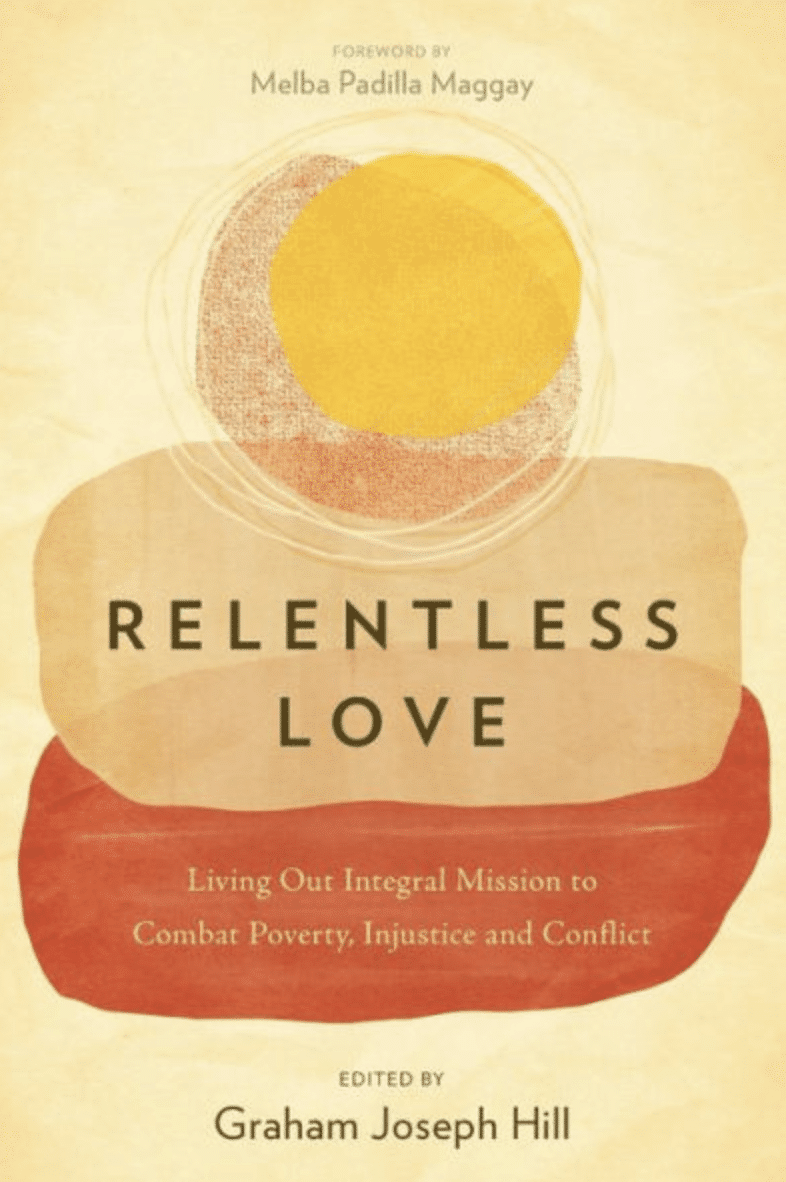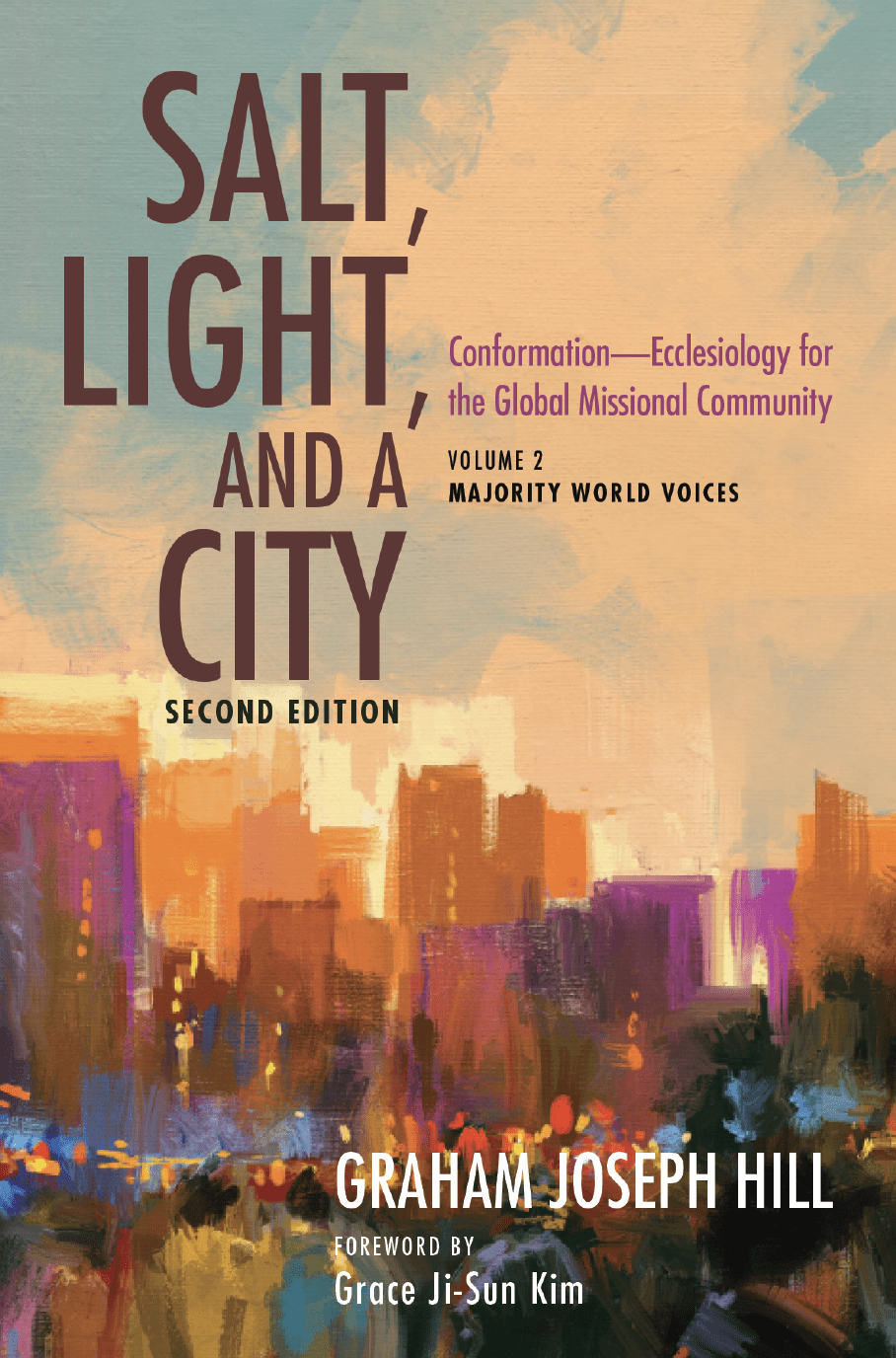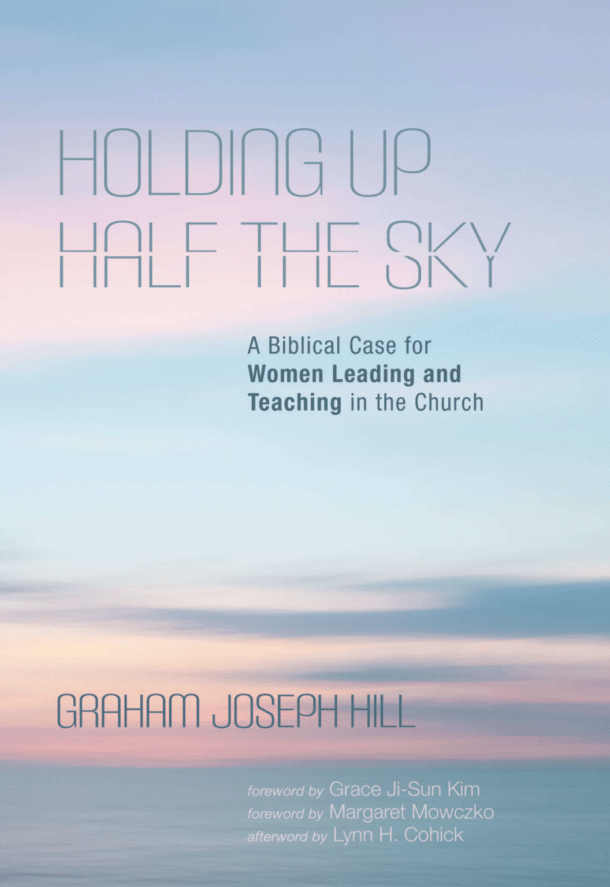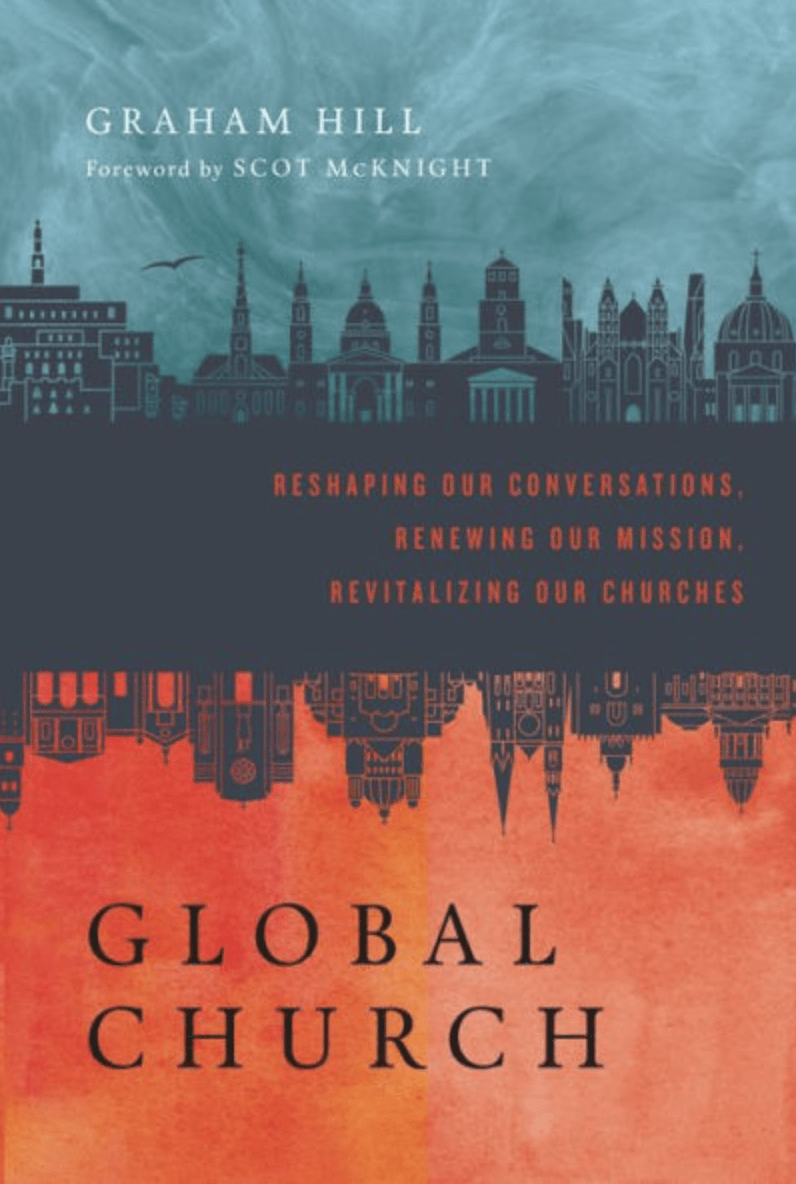“Human beings are moved by beauty. If we want to change the world, we need, first of all, to be able to make people dream about beauty. The church has totally forgotten this. We are a bit uneasy with beauty… We seem to be obsessed with the idea of doing things… Beauty can change the world.” ~ Rubem Azevedo Alves
Over two posts, I explore a theology of beauty in conversation with Majority World, Indigenous, and Western thinkers. Beauty comes in many forms. In this first post, I suggest a theology of beauty must consider moral, pleasurable, spiritual, Indigenous, cultural, natural, and artistic beauty. In my next blog post (part two), I outline seven core dimensions of the Christian theology of beauty (see the second post here: https://grahamjosephhill.com/beauty-part-2/).
A movement toward God is a movement toward truth, grace, goodness, and love. By this, I mean that it’s a movement toward Beauty. It’s a movement toward delight in the beauty of God. It’s an appreciation of divine Beauty and of the beauty that’s all around us.
To be human is to have an incredible creative potential. God charges us with a profound responsibility for aesthetic creativity, goodness, and witness.
There’s also a shadow side to human personality and community. God desires to redeem this. We must address this side of humanity to discern between ugliness and divine beauty. Yet God’s free, unmerited, extravagant grace is astoundingly lovely. It’s beautiful.
Beauty reaches out to us in the incarnation, passion, and resurrection of Jesus Christ. Jesus causes us to recognize more fully and desire more completely the truly beautiful and the true Beauty.
Eastern theologies have long considered beauty’s nature, purpose, and power. Fyodor Dostoevsky is an example. Dostoevsky was a Russian novelist. And he was an accomplished philosopher and theologian. In Dostoevsky’s The Idiot, Ippolit Terentyev quotes Prince Myshkin as declaring, “Beauty will save the world.”[1]
Beauty plays a central role in Fyodor Dostoevsky’s metaphysical, theological aesthetic. Konstantin Isupov is a Russian philosopher specializing in Dostoevsky’s work. He describes Dostoevsky’s philosophy of beauty. “Beauty in the earthly world, be that beauty creaturely or in creation or created or creating, is a beauty weighed down with all the consequences of original sin.”
Dostoevsky infuses his theological aesthetic with grand themes. These include “faith, hope, love, the mystery of Christ, salvation, redemption, and so forth.”[2] Dostoevsky confronted the anti-aestheticism of his time. He demonstrated the redemptive ethical, theological, and social value of beauty.
For Fyodor Dostoevsky, a desire for authentic beauty is a yearning for truth, goodness, and the divine. We know beauty through Christ and his mystery. Christ is Beauty. All other manifestations of beauty witness to him: to Beauty. All desire for beauty is, truthfully, a desire for Christ, for Beauty.
The purpose of Fyodor Dostoevsky’s The Idiot was “to depict a thoroughly beautiful person.” God made this ideal tangible in the morality, love, and incarnation of Jesus Christ.[3]
Other philosophers and theologians have also argued the centrality of beauty. Many theologians link beauty with theology, ethics, worship, truth, and discipleship. Those who have argued the importance of beauty include Ambrose, Aquinas, Aristotle, Augustine, Barth, Bernard of Clairvaux, Bonhoeffer, Dewey, Dostoevsky, Edwards, Evdokimov, Florensky, Francis of Assisi, García-Rivera, Hegel, Kant, Kierkegaard, Lewis, Luther, Maritain, Nuttall, Plotinus, Rahner, Tillich, Von Balthasar, and Yoshida.
These thinkers develop “theological aesthetics.” This puts theology and aesthetics into dynamic and interdisciplinary conversation. It is “concerned with questions about God and issues in theology in the light of and perceived through sense knowledge (sensation, feeling, imagination), beauty, and the arts.”[4]
Theological aesthetics is about the complex relationship between many forms of beauty. This beauty is present in God, the natural world, knowledge through sense, the arts, human nature, morality, truth, goodness, and so forth. This is a multifaceted relationship. It has a significant bearing on the whole of the human person. And it has implications for all Christian theology. It is also crucial for understanding and appreciating nature, art, and community.
Significant questions emerge when we come to a theology of beauty and, more broadly, theological aesthetics. How do human beings express artistic creativity and aesthetic beauty without usurping God? How is a desire for beauty a yearning for God? How is it a desire for God’s beauty, truth, and goodness? How are natural, artistic, moral, and divine beauty related? How can the church be “the community of the beautiful”?[5] How can our faith, ethics, contemplation, liturgy, poetry, and art be beautiful? How can these point to the wonder and beauty of God?
I can’t deal with all these philosophers, theologians, and questions in this brief sketch of aesthetic themes. But I outline some essential perspectives emerging from Majority World, Indigenous, and Western settings.
In this blog post, I consider the theology and power of beauty. Beauty comes in many forms. Moral, pleasurable, spiritual, Indigenous, cultural, natural, and artistic beauty capture our imaginations and hearts.
Moral, Pleasurable, and Spiritual Beauty
Rubem Azevedo Alves is Professor of Philosophy at the State University of Campinas, Sao Paulo, Brazil. He’s also a psychoanalyst and theo-poet. Alves reflects on his change from being a liberation theologian to becoming a poet and lover of beauty and aesthetics. For Alves, this was a movement from action to aesthetics and from doing to being.
Rubem Azevedo Alves believes we move people toward truth, goodness, and liberation through beauty. Frenetic and harried and labored activism won’t shift people. We need to appeal to their dreams and hopes and sense of beauty. Spiritual, moral, and societal beauty is an aesthetic quality. This is why we move people toward these qualities through an appeal to beauty.
The beauty resident in art, poetry, nature, spirituality, and morality appeals to the heart of human beings. If they are responsive, it can move them toward he who is Beauty and what he desires of them. Alves writes, “Human beings are moved by beauty. If we want to change the world, we need, first of all, to be able to make people dream about beauty. The church has totally forgotten this. We are a bit uneasy with beauty… We seem to be obsessed with the idea of doing things… Beauty can change the world.”[6]
People experiencing poverty need bread, shelter, and justice. But, according to Rubem Azevedo Alves, they also need the hope and transformation that comes from a vision of beauty.
A vision of beauty is about spiritual and moral transformation. It is about resurrection hope.
Alves says suffering, tragedy, and oppression can lead people to hopelessness and despair. But beauty has the opposite effect. “Paradise, play, joy, pleasure… awaken inside persons the dreams that lie dormant inside them. And they will be resurrected.”[7]
Rubem Azevedo Alves claims that people experiencing poverty do not merely need economic and political liberation. They need the human flourishing and spiritual transformation found in beauty. Poverty and oppression entrench people in ugliness, suffering, and chains. In the words of Patrick McCormick, “Beauty provides a contemplative and self-transcending rest essential to human flourishing, while the encounter with beauty enables human persons to realize their vocation as cocreators.”[8]
This, of course, is not only true for people experiencing poverty. The wealthy and middle class also need conversion and co-creation.
Artistic and natural beauty awakens people to spiritual, moral, and interpersonal “resurrection.” This is especially true when this beauty introduces them to the One who is supreme Beauty, Jesus Christ.
In his book The Poet, The Warrior, The Prophet, Rubem Azevedo Alves develops a vision of Christian spirituality. He calls this a theo-poetics. It’s a creative and interdisciplinary engagement with aesthetics, theology, literature, poetry, beauty, and desire.[9]
A desire for beauty and pleasure characterizes the Christian spiritual life. A longing for the Beautiful One—and his pleasurable, eschatological paradise and love—shapes Christian spirituality. It’s also a moral and ethical life. It’s characterized by truth and goodness.
Andrew Louth is a priest in the Russian Orthodox Church, based at the University of Durham. Louth writes of the centrality of beauty in Byzantine spirituality and ethics. He engages the thought of Dionysios the Areopagite (c.500), Maximos the Confessor (580–662), and John of Damascus (c.655–c.750). Louth shows how a theology of beauty permeates their spirituality.
Celebration of beauty enables a good, authentic, and ethical life. It fortifies us for suffering. It helps us overcome sin. And it keeps our hearts and minds fixed on divine Beauty.
Icons, worship, singing, poetry, and artwork are pivotal. They enable us to live a pleasurable, moral, and spiritual life.
“But equally essential are the eyes, the senses, purified to perceive that beauty: a purification requiring an uncompromising asceticism, not a superficial reordering of our values. So, when the prince in Dostoevsky’s The Idiot (1869) was mocked for his belief that “beauty will save the world,” it was mocking that was superficial, for the prince had perceived something at the very heart of Byzantine spirituality.”[10]
Indigenous and Cultural Beauty
Over the last few decades, researchers have written much about Indigenous and cultural aesthetics. How cultures and peoples engage and express beauty tells us much about those groups. And it also tells us much about the nature of beauty.
In Indigenous Aesthetics: Native Art, Media, and Identity, Steven Leuthold defines “Indigenous aesthetics.” He calls them “thoughts about the aesthetic experience that developed independently of the Western tradition in various parts of the world: ideas about art held by Indigenous peoples.”[11]
Indigenous aesthetics provide a space for the reconciliation and preservation of cultures. They provide an opportunity to express grief, betrayal, and loss. Indigenous people experience grief and loss through many things. These include loss of culture (assimilation), loss of family (stolen generations), and loss of lands (and land rights).
Indigenous aesthetics (art, song, dance, storytelling, and musicianship) offer space for Indigenous and non-Indigenous persons to connect. They can connect through stories, interpersonal communication, cultural interaction, and beauty. “Indigenous arts, historically, are either relegated to the field of anthropology or marginalized by the dominant, European derived system of aesthetics.” This must change. Indigenous aesthetics are a powerful vehicle for reconciliation, understanding, and transformation.[12]
As an act of protest, we can resist colonizing and racist impulses. We can allow Indigenous arts to build a cultural bridge. We can listen to other cultures and people. Indigenous beauty can help us communicate and commune with other cultures and identities (individual and collective). Indigenous and cultural beauty can help us understand other world views. We can learn to value other approaches to aesthetics. We can understand the one who is Beauty, Jesus Christ, through his revelation of himself in other cultures.
This intercultural connection through beauty and aesthetics extends beyond indigenous and non-indigenous understanding. It offers possibilities on a global scale.
Given the brevity of this blog post, one book must suffice to show this. In Beautiful/Ugly: African and Diaspora Aesthetics, Sarah Nuttall brings together many contributors. These consider how African and diaspora aesthetics can lead to cultural understanding, postcolonial liberation, and hope.
Nuttall is an Associate Professor of Literary and Cultural Studies at the University of Witwatersrand, Johannesburg, South Africa. Nuttall says that we must understand ugliness to appreciate beauty fully. Ugliness includes violence, rape, war, oppression, and so on. We begin to comprehend beauty and ugliness by delving into cultural and religious aesthetics—painting, photography, literature, oral traditions, cuisine, poetry, music, dance, etc. And we engage such cultural and indigenous aesthetics in a spirit of dialogue and respect.[13]
Sarah Nuttall introduces her work and its approach to African and diaspora aesthetics in this way: “Exploring sculpture, music, fiction, food, photography, fashion, and urban design, the contributors engage with and depart from canonical aesthetic theories as they demonstrate that beauty cannot be understood apart from ugliness… Together the essays suggest that beauty is in some sense future-oriented and that taking beauty in Africa and its diasporas seriously is a way of rekindling hope.”[14]
For Sarah Nuttall, aesthetics facilitates cultural understanding and hope. Reflecting on dimensions of beauty and its absence helps us understand ourselves and others. It allows us to build deeper human connections and spiritual roots.
Nuttall’s book isn’t a complete treatment of African and diaspora aesthetics. It’s much more than that. It’s an invitation to dialogue. Interpersonal and divine-human communion is a crucial function and an indispensable dimension of beauty.
Natural and Artistic Beauty
Whenever I get the chance, I take a spiritual retreat at the Benedictine Abbey in Jamberoo, New South Wales, Australia. The nuns at Jamberoo Abbey live according to the spirit of St. Benedict. They’re dedicated to prayer, the Eucharist, the Liturgy of the Hours, lectio divina, community, and love for one another.
There are few things more exquisite than worship at Jamberoo Abbey. Set high up in Jamberoo’s lush, rolling hills, you can gaze out the chapel’s glass walls at the beautiful scenery while worshipping. You can contemplate the stunning Jamberoo scenery as the nuns sing the Psalms. The handcrafted icons, decorative candles, and superb stained glass windows enhance worship. Artistic, liturgical, and natural beauty lifts one to embrace spiritual, ethical, and divine beauty.
All these types of beauty intrigued Alejandro García-Rivera. He wrote as much on this as any other theologian in the Majority World. The sacred beauty of the natural world enthralled him.
Natural beauty is a source of spiritual nourishment and celebration. It is a beauty that witnesses to God.
Natural beauty can open up philosophical and apologetic possibilities. Alejandro García-Rivera believed that aesthetics could help bridge the science and religion debate. Joined by Christian molecular biologists and other scientists, he sought to develop empirical aesthetics. He sought an aesthetic that “provides the foundation for a living synergy between theology and science.”[15]
Beauty in the living world is not just in “the eye of the beholder.” We can study it so that theological and empirical aesthetics can converse. García-Rivera says that the science-and-religion debate has focused too exclusively on truth and morality. “We ought to add another approach: Beauty and its corollary, aesthetics, the perception of Beauty.”[16]
I can’t go into all the intricacies of Alejandro García-Rivera’s argument here. He believed that both theology and science had forgotten the role of beauty and aesthetics. Recovering the aesthetic observer’s empirical and theological aesthetics can open up new frontiers in the natural-and-spiritual and science-and-religion debates.
“For the scientist, it replaces the Heisenberg observer with the human creature moved by beauty. For the theologian, it sees il lume naturale as another light that allows us to see the form of our dearest hope, the Christ of the Incarnation, Crucifixion, and resurrection… Theologians and scientists can come together and embrace the beauty of nature.”[17]
The church needs to recover the wonder of natural beauty. Christians must regain their passion and desire for artistic beauty. Alejandro García-Rivera laments that the contemporary church has lost a theology of beauty. The church, too, rarely cultivates an appetite for unique artistic expression.[18]
The theology and practice of artistic beauty must give an account of beauty within diverse contexts. These include celebration and suffering, creativity and impoverishment, and woundedness and innocence.
A theology of art isn’t naively optimistic. And it isn’t escapist or pessimistic. It embraces and reveals the full range of human experience. It does this through artistic expression—liturgy, poetry, composition, paintings, etc.
Artistic beauty bridges the broken, fractured, and wounded world with the hopeful, beautiful, love-filled, and creative domains.
In doing this, artistic beauty should reveal and draws one toward divine Beauty. Artistic beauty should transcend the superficiality or horror of life. It must explore the depths of life and reveal life’s beauties. Artistic beauty “includes the purpose of the work, along with its appearance and performance.” And it includes the transformational effect of the work.[19]
The South African theologian John de Gruchy claims that artistic creativity is crucial to Christian renewal. Such creativity facilitates “a revolution of the imagination.”
De Gruchy quotes Sara Maitland: “The real danger of not treating the creative imagination with real love is that this involves a rejection of God—or at least of a huge and magnificent dimension of God. Such a rejection seriously impedes the work of religion in the transformation of the world. Any movement for social change requires a revolution of the imagination.”[20]
This revolution of the imagination is a key function of artistic endeavor. Artistic beauty can be useless. It can be beautiful and valuable even when it doesn’t serve any function. It can transcend our modern obsession with function, outcome, productivity, purpose, measurement, and results.
But, even when it is useless, artistic beauty can lead to personal transformation. It can facilitate a deeper embrace of truth and goodness and a fuller connection with humanity.
Beauty doesn’t have to serve a purpose. It can—and often should—be “useless.” But creaturely beauty often reveals divine Beauty. Moreover, beauty often inspires us to pursue love, creativity, justice, intimacy, truth, and transformation.
John de Gruchy expresses this well: “In restoring the creative arts to their rightful and necessary place in the life of the church, the issue at stake is, then, not the decoration of the sanctuary in ways that are pleasing to the senses, “art for art’s sake in the church,” but something more profound. We are concerned with recovering a genuinely theological aesthetics rooted in God’s triune life and enabling responsible action in the world. Faithful creativity involves enhancing worship and spirituality and shaping Christian involvement in society… Works of art in the sanctuary should represent and recall our interconnectedness with nature, keep us aware of injustice and human suffering, open us up to the healing power of God’s grace and beauty, make us sensitive to God’s surprising incursions into human history, keeping hope alive… Art as a gift of the Spirit has to do, then, with a “revolution of the imagination” which relates directly to engagement in the struggle for healing and justice in society.”[21]
In the next blog post, I explore seven core dimensions of a Christian theology of beauty. The Christian church must reactivate its theology and appreciation of Divine and created beauty. Beauty can lift our hearts and imaginations in many ways. Beauty reflects our God.
Image Credit: RAIN’S RUSTLE — PALETTE KNIFE Oil Painting On Canvas By Leonid Afremov
References
[1] Fyodor Dostoevsky, The Idiot (London: Penguin, 2004). 382.
[2] Konstantin G. Isupov, “Dostoevsky’s Transcendental Esthetic,” Russian Studies in Philosophy 50, no. 3 (2012). 84.
[3] Peter Sekirin, Dostoevsky Archive (Jefferson, NC: McFarland, 1997). 120.
[4] Gesa Elsbeth Thiessen, ed. Theological Aesthetics: A Reader (Grand Rapids, MI: Eerdmans, 2004). 1.
[5] Alejandro García-Rivera, The Community of the Beautiful: A Theological Aesthetics (Collegeville, MI: Liturgical, 1999).
[6] Rubem A. Alves, “From Liberation Theologian to Poet: A Plea That the Church Move from Ethics to Aesthetics, from Doing to Beauty,” Church & Society 83, no. 5 (1993). 23.
[7] Ibid. 24.
[8] Patrick T. McCormick, “A Right to Beauty: A Fair Share of Milk and Honey for the Poor,” Theological Studies 71, no. 3 (2010). 702.
[9] Rubem A. Alves, The Poet, the Warrior, the Prophet (London: SCM, 1990).
[10] Andrew Louth, “”Beauty Will Save the World”: The Formation of Byzantine Spirituality,” Theology Today 61, no. 1 (2004). 77.
[11] Steven Leuthold, Indigenous Aesthetics: Native Art, Media, and Identity (Austin: University of Texas Press, 1998). 2.
[12] Christine Ballengee-Morris, “Indigenous Aesthetics: Universal Circles Related and Connected to Everything Called Life,” Art Education 61(2008). 30.
[13] But what if an indigenous culture, or African or other culture, doesn’t think rape, violence, oppression, or immorality are ugly? And beatifies them in its art—as the Aztecs did? The point is we can’t avoid bringing a value judgment about what is moral into our appreciation of what is beautiful, so this needs to come into any theology of aesthetics.
[14] Sarah Nuttall, Beautiful/Ugly: African and Diaspora Aesthetics (Durham, DC: Duke University Press, 2005). From the online description of the book.
[15] Alejandro García-Rivera, Mark Graves, and Carl Neumann, “Beauty in the Living World,” Zygon 44, no. 2 (2009). 243.
[16] Alejandro García-Rivera, “Light from Light: An Aesthetic Approach to the Science-and-Religion Dialogue,” Currents in Theology and Mission 28, no. 3-4 (2001). 275.
[17] Ibid. 278. When it comes to bridging the science and religion debate, we can’t afford to claim that religion’s value is the same as art, but that science has the high ground on “truth.” That obviously won’t do. “The science and religion debate has focussed too exclusively on truth and morality”: Personally, I’m not sure you can over-focus on those two things; there are hardly more important issues than what is true and what is right. In my opinion, beauty only adds to the debate when that which is perceived as beautiful is also true and moral. The issue that’s latent in García-Rivera’s outlook is that such an approach often ends up leading to a Natural Theology. We must guard against this, if we are Bible-believing Christians.
[18] Alejandro García-Rivera, A Wounded Innocence: Sketches for a Theology of Art (Collegeville, MI: Liturgical, 2003). 4.
[19] Alejandro Garcia-Rivera and Thomas Scirghi, Living Beauty: The Art of Liturgy (Lanham, MD: Rowman and Littlefield, 2008). 106.
[20] John W. De Gruchy, “Visual Art in the Life of the Church,” Journal of Theology for Southern Africa, no. 107 (2000). 46; Sara Maitland, A Big Enough God: Artful Theology (London: Mowbray, 1995). 142–43. Italics added for emphasis.
[21] De Gruchy, “Visual Art in the Life of the Church.” 47, 50–51.





